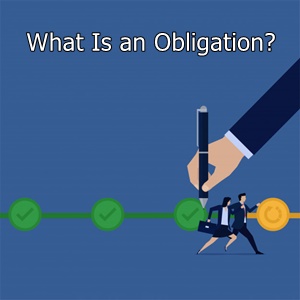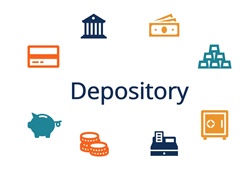
Table of Contents
Defining Asset Retirement Obligation
In terms of Accounting, an Asset retirement Obligation (ARO) outlines the legal obligation linked to the retirement of a long-lived, tangible asset where a firm gets the obligation to eradicate equipment or clean hazardous materials at some point in time in the future.

AROs have to be included in the financial statement of a firm to provide a precise snapshot of the overall value.
Explaining Asset Retirement Obligations
Often, an asset retirement obligation accounting is applied to those companies that create such a physical infrastructure that should be dismantled before the Lease of the Land expires. Along with that, AROs also get applied to the eradication of hazardous elements or waste materials from land, like decontamination of the nuclear power plant.
The asset is regarded as retired once the activity of removal is completed and the property is restored to the original situation.
Misunderstanding of the Asset Retirement Obligations
Considering that calculating asset retirement obligation could be quite difficult and complex, several of the businesses look for assistance from Certified Public Accountants to make sure the compliance is adequate and proper.
Accordingly, all the public firms must recognize the AROs’ Fair Value on the Balance Sheet so as to make them more precise and accurate. This signifies a departure from the approach of Income-statement that lots of businesses use.
Talk to our investment specialist
Things to Keep in Mind When Calculating Expected Present Value of ARO
To estimate the assumed present value of this method, firms must observe these reiterative steps:
- Compute the cash flows and timing of retirement activities
- Estimate the credit-adjusted risk-free rate
- Keep a tab on the increase in the carrying amount of ARO liability as a mass expense by multiplying the liabilities’ beginning with the rate of credit-adjusted risk-free when the liability is measured first
- If the liability revisions are going upward, discount them at the present credit-adjusted risk-free rate
- If the liability revisions are going downward, discount the reduction at such a rate that is used for the related liability year’s initial recognition
Asset Retirement Obligation Example
Let’s take an asset retirement obligation example here. Suppose there is an oil-drilling company that has acquired a 50-year long lease on the land. After 10 years into the lease, the firm completes developing a drilling rig. In the next 40 years, this rig must be removed, and the land must be cleaned.
All efforts have been made to ensure the information provided here is accurate. However, no guarantees are made regarding correctness of data. Please verify with scheme information document before making any investment.











